Artists throughout history have recorded the world around them with direct observation. This week I’ll focus on reportage, or "drawing on-the–spot", particularly in the 1950’s and 60’s, illustration reportage’s heyday.
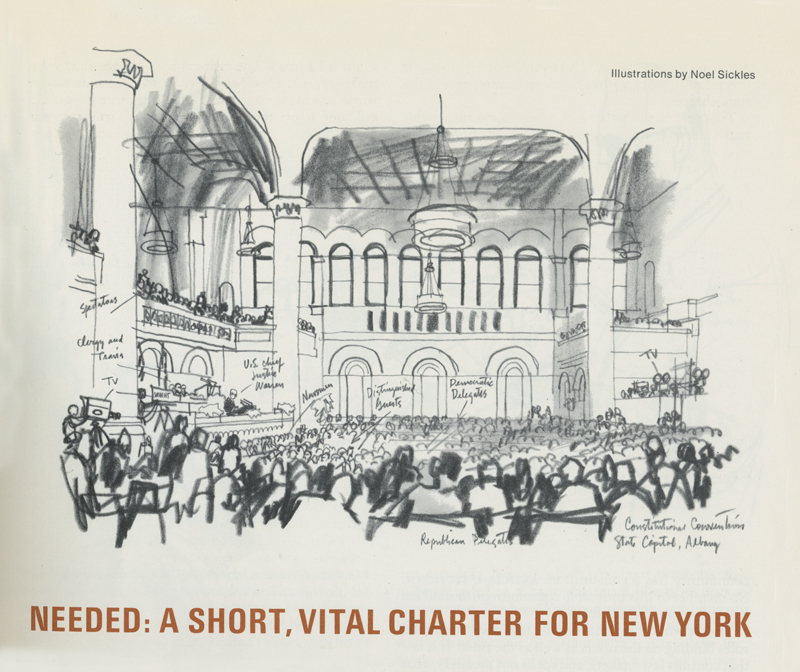

In Nick Meglin’s book “On-The-Spot Drawing", Noel Sickles noted:
“Styles change. Tastes change. Opinions change. Fashions and architecture change constantly. And as advances are made in chemistry, the materials themselves change, offering new and variable techniques, which are far removed from those available to artists of preceding years. But the drawings themselves, as well as the approaches to them, are timeless; timeless in that they express, very directly, the mobility of life and nature. It’s difficult, and often impossible, for other pictorial media to capture this feeling of mobility. The immediacy of a direct drawing or sketch seldom breaks through in the more static nature of other forms of art.”
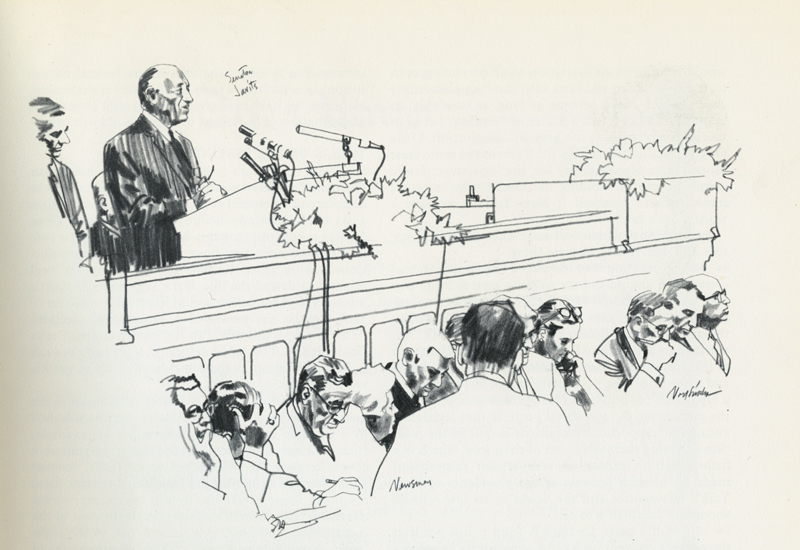
Lithopinion magazine hired Sickles to draw public figures at the New York State Senate in Albany.
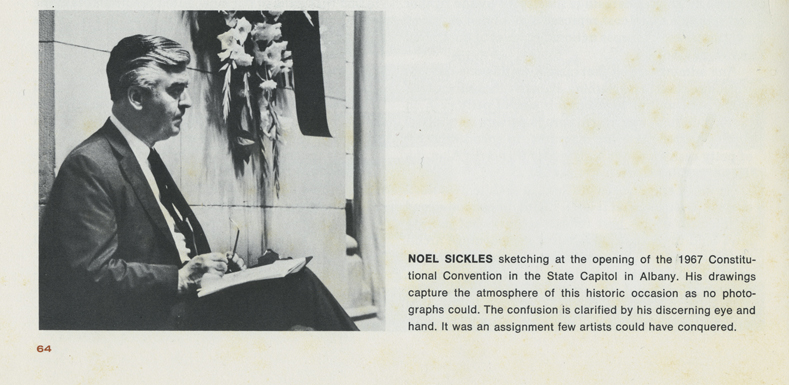
Sickles’s compositions were a delicate blend of detail and omission; what he drew was as important as what he left out.
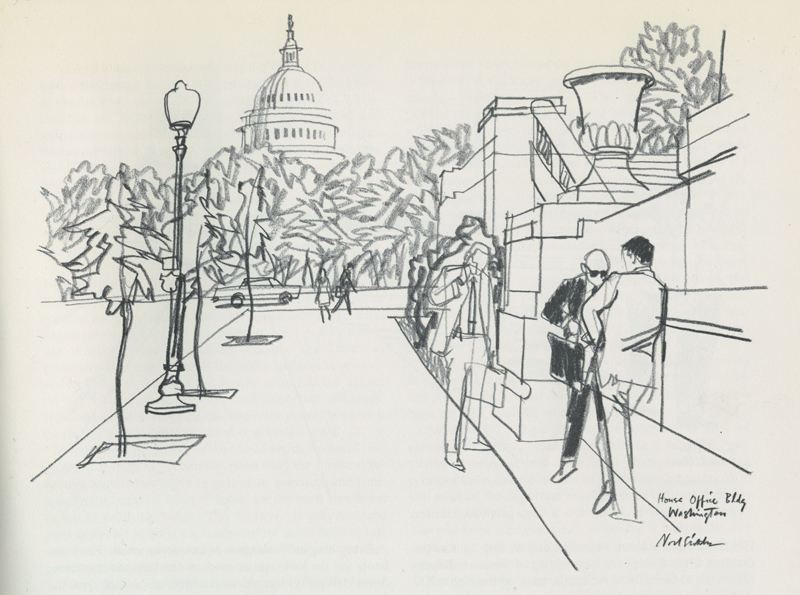

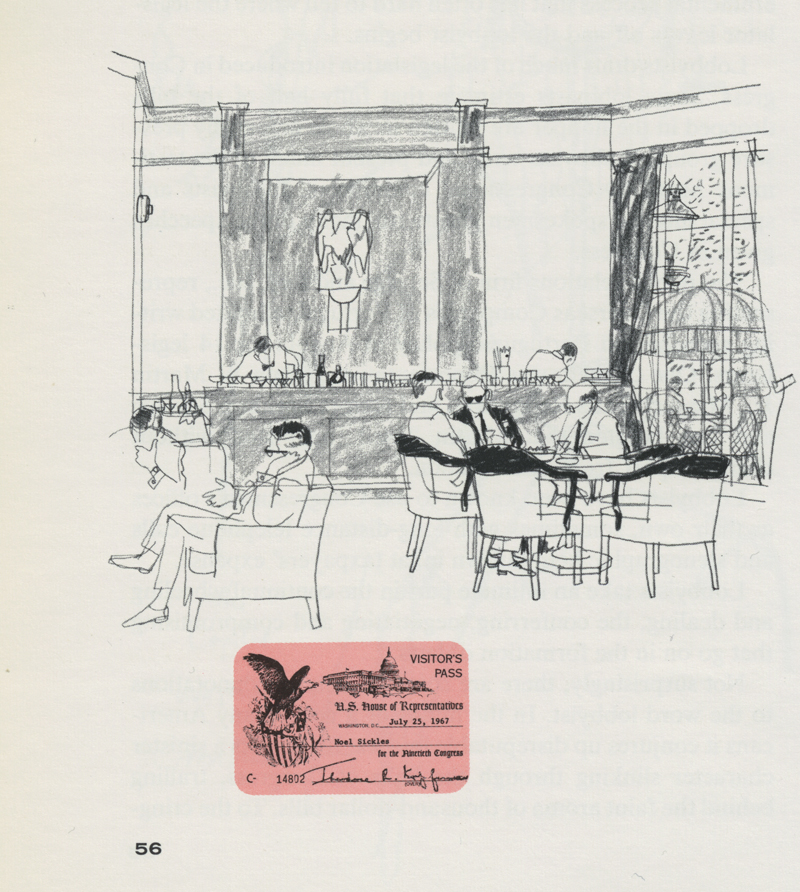
Sickles said “I will reduce things to basics or arrange them in a particular way, anything that will enable me to achieve that goal. An artist has the freedom to do this, his major advantage over the camera in the past and certainly in the present.”
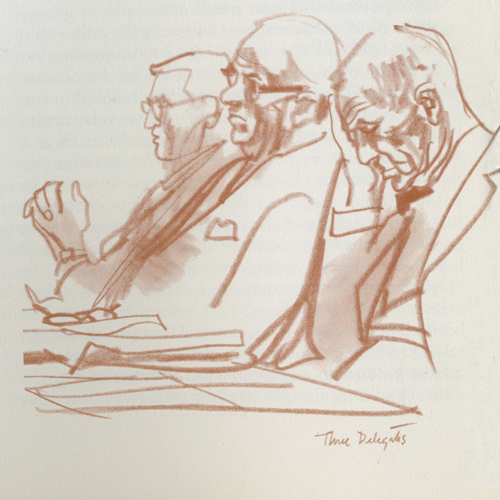
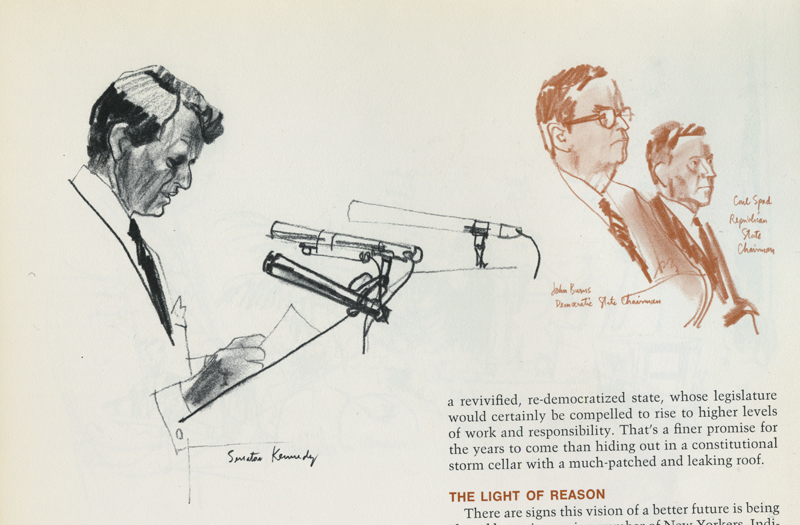
Another series for Lithopinion, this time by the illustrator Austin Briggs, was done at the Mourlot workshop in Paris. His drawings were created with lithographic crayons and tusche washes, tools normally used on stone or metal places in printmaking.
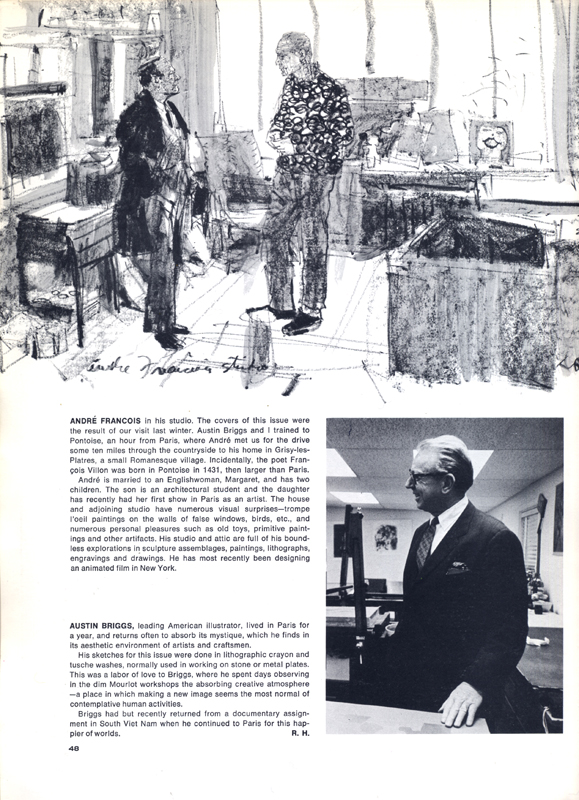
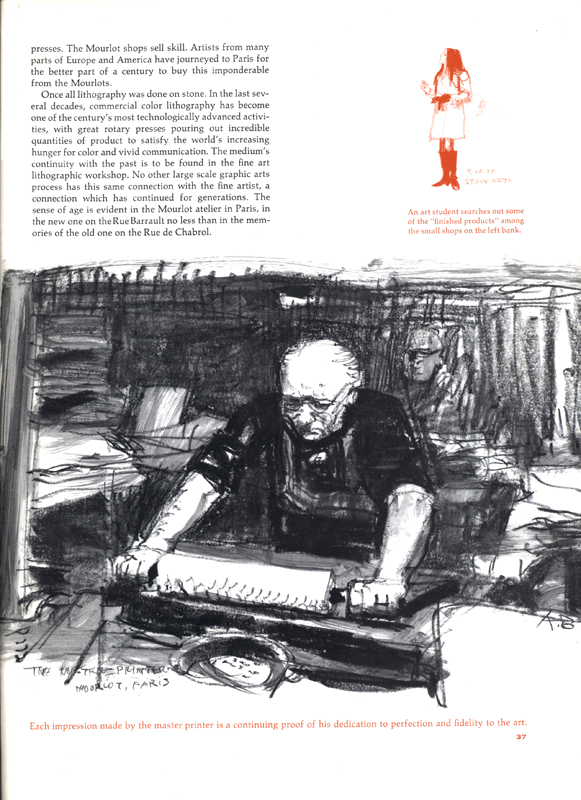
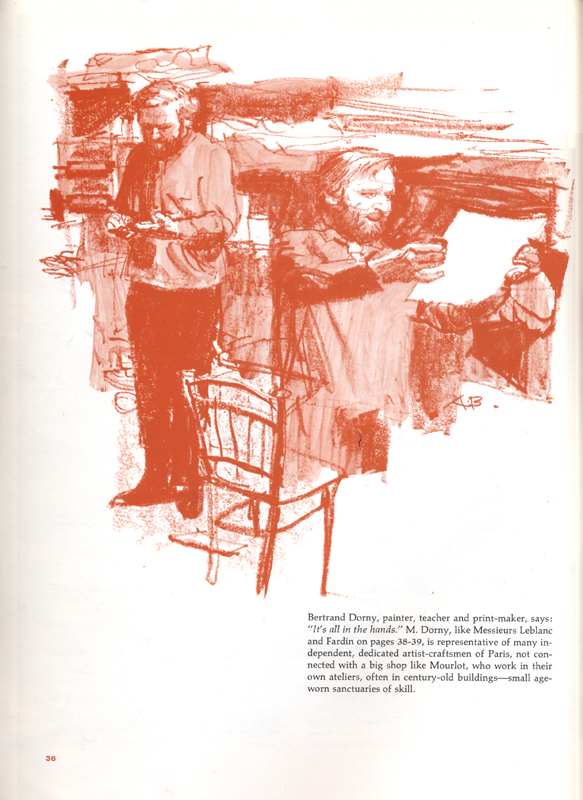
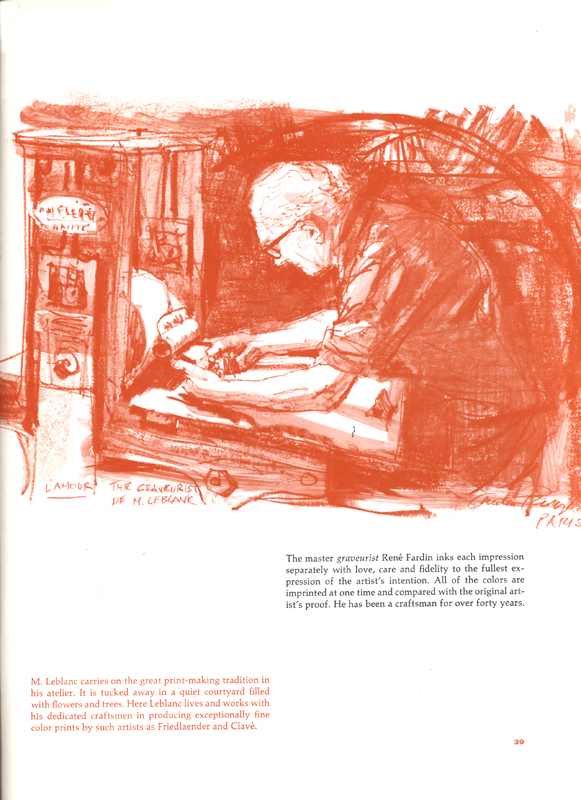
Direct drawing changed the illustration field. Sickles noted that prior to the advent of reportage in illustration, art directors and editors used to say, “Yes, fine. This is what we wanted. Now go home and do me a finished one”.
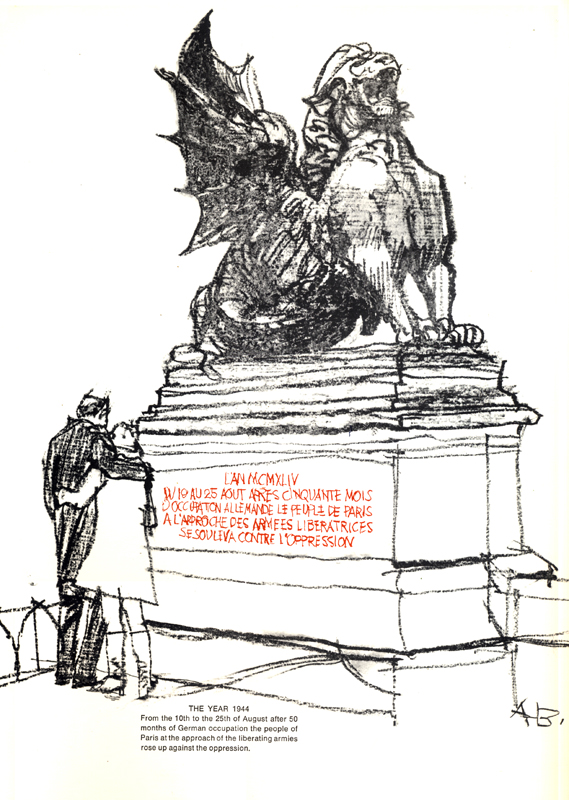
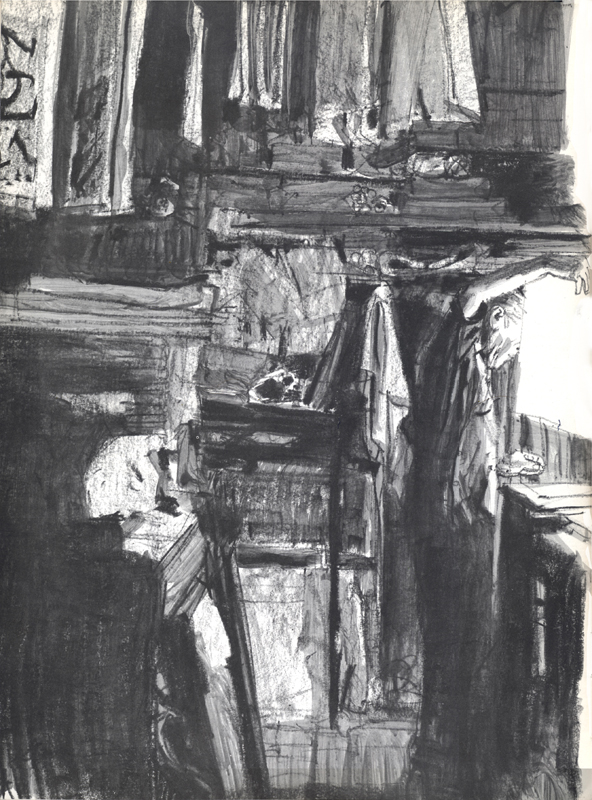
In the 1950’s and 60’s that mindset changed. “Today he says – ‘Yes, fine. This is what we wanted.’ Then he reaches over and rips it out of your sketchbook and prints it, charcoal smudges and all. It’s a wonderful feeling.”
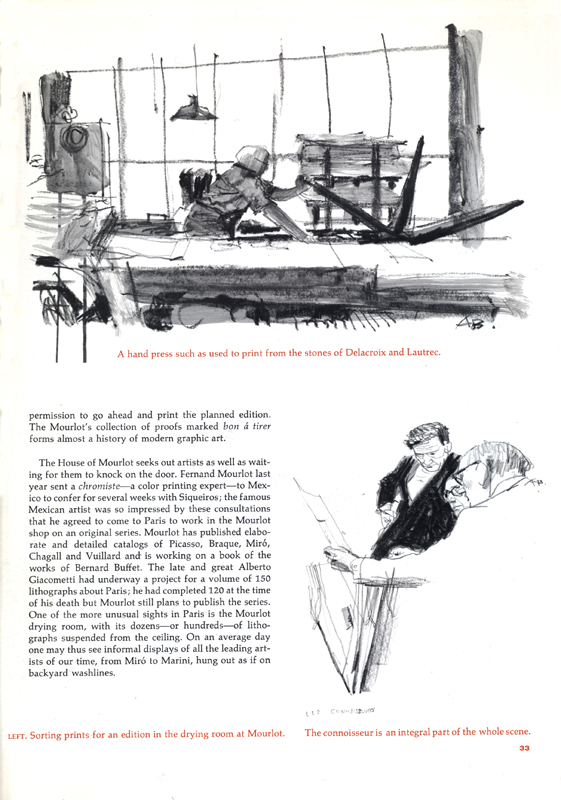

Continued tomorrow.
* Daniel Zalkus is an illustrator with a passion for on-the-spot drawing. You can see some of Daniel's own excellent work at his website.
* The Noel Sickles illustrations in today's post are courtesy of Matt Dicke
Beautiful images! Great to see the energy so often absent from today's illustration.
ReplyDeleteHey Leif
ReplyDeleteReally looking forward to this weeks posts. Dan has a burning dedication to location drawing, both with his own work and for finding powerful on the spot images. I am sure he will pic of the best of the best for TI. I am glad you gave him a platform for his essay.
And the Briggs image with the rolling pin is awesome!
Makes one wonder why art directors shy away from this sort of work today... you would think with tight deadlines that on the spot same day drawings might be desirable, in this need it yesterday digital world.
Beautiful. thank you !
ReplyDeleteTwo geniuses. No question about it.
ReplyDeleteI believe that issue of Lithopinion with the Sickles drawings includes a drawing he did on a receipt from some restaurant or shop. It was apparently the only piece of paper Sickles had available at the time.
This will, no doubt, be one of my favorite weeks! The essence of excellence as well as importance of drawing on location is oft lost in the scramble to make a "finish," yet so integral to the overall process.
ReplyDeletethanks really nice post and great drawings
ReplyDeleteDavid
ReplyDeleteYes it did
http://www.flickr.com/photos/mattdicke/7129536781/
Sickles7_lithopinion7 - Sure looks like that guy is talking on his cell phone!
ReplyDeleteIt's interesting that both Briggs and Sickles are wearing suits. Is that how they dressed when they went out to draw?
ReplyDeleteGreat article Dan. You have such deep respect and sensitivity towards these wonderful draughtsmen, that it's impossible to not share your admiration.
ReplyDeleteHah! Thank you Matt. It has been a long time since I've seen that Sickles drawing on the receipt. Glad to see that I didn't imagine it.
ReplyDeleteIt shows how indiscriminately Sickles loved to draw, and how humble he was about his great gift. Even on the back of a receipt,those are terrific drawings.
Enjoyed all the samples and history. great report! thanks Dan.
ReplyDeleteThis comment has been removed by the author.
ReplyDeleteWonderful article and images, looking forward to the whole series!
ReplyDeleteThis comment has been removed by the author.
ReplyDeleteGreat article, Dan. I'm a big fan of the reportage of Briggs and Sickles....and the Nick Meglin book, which also features my 2 favorite drawing teachers back at Parsons, Tom Allen and John Gundelfinger.
ReplyDeleteDelightful! What accomplished masters!
ReplyDeleteThanks to law forbidding photography, a small niche for this kind of work still persists in court rooms.
Might be another theme for TI...
In the fourth sketch down...the guy on the left seems to be on a cell phone...in 1967?!!
ReplyDeleteVery enjoyable. Thank you for sharing these lovely thoughts of yours as well as the others quoted.
ReplyDeletefor the people that think he is on a cell phone in this image http://www.flickr.com/photos/leifpeng/7128849123/
ReplyDeletethe caption is missing- it says "After the heat of the day" ie he is wiping his face with a handkerchief. Interesting how perceptions change 40 years later.
hope that clears things up for some.
Love these posts about reportage. Direct drawing is such a wonderful antidote to the manipulated images we are presented with every day. Great stuff, thanks for these!
ReplyDeleteBill-
ReplyDeleteJohn Gundelfinger was great too. I have a few samples of his work but, unfortunately, they didn't quite fit in the article. Good stuff though.